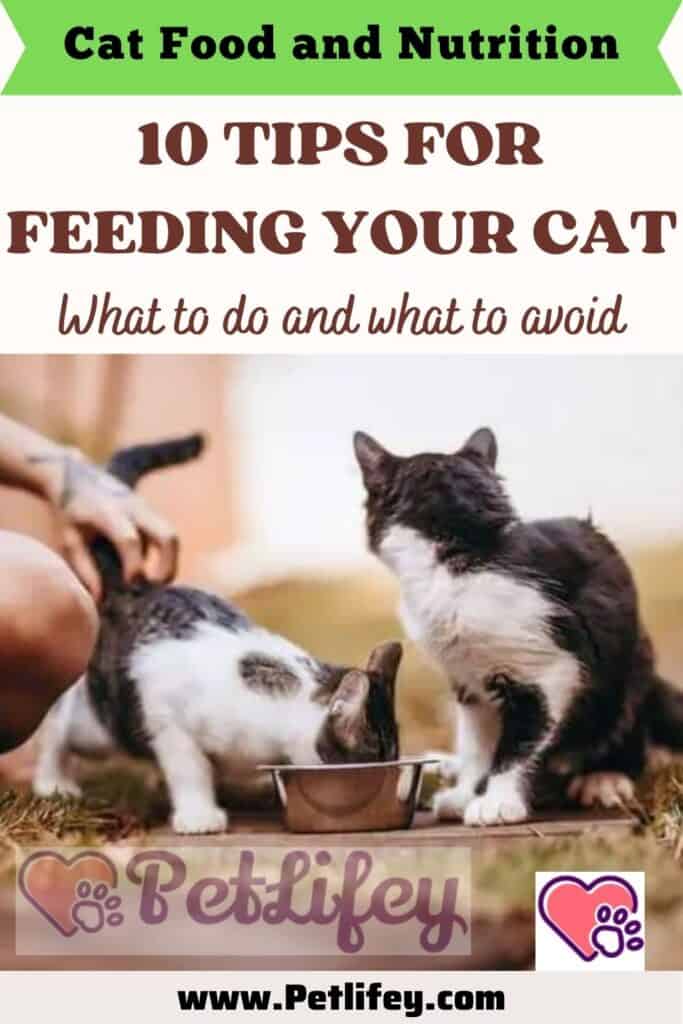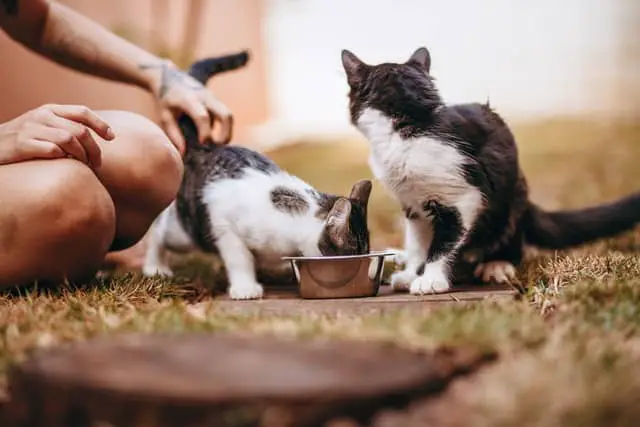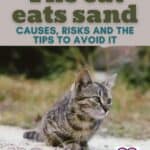
Among the many things we do every day to ensure the comfort of our animals, feeding them is undoubtedly the most basic. But it is also one of the most important when you know how much food can influence health and therefore well-being… So you might as well adopt the right reflexes in this area!
Steps to take…
Ensure a sufficient supply of water
Like food, water is essential and contributes to good health: it constitutes more than 60% of the total weight of an adult cat. So have several water points in the house, in places that your cat particularly likes. Which brings us to the next point.
Feed it with wet food
Why? Already because it helps to hydrate it better. But also because it is an opportunity to diversify your diet. Pate type wet food is also less caloric and has a higher protein content. Not to be overlooked, then.
Adapt your diet
Each cat has different needs. A kitten will not have the same needs as an adult or senior cat, and it all depends on their health profile: sterilized, kidney disease, etc. Each tomcat has its own diet. The best way to find out what is best for them is to talk to their veterinarian.
Prioritize proteins
Although it can be fed with fruits and vegetables, these foods do not constitute a diet in their own right for a cat. They are mostly useless for their body, when the latter is able to assimilate them… So always make sure that meat is one of the main ingredients of their bowls, before cereals and rice!
Let him play with the food
What humans can’t do, cats can… And that goes for playing with their food! A pipolino or a fun bowl, what better way to tickle their hunting instinct? This will stimulate them physically and mentally, which is more than ideal for their well-being. It is also a ready-made solution to avoid gluttony!
.. And those to forget

feed him too much
Of course, not wanting your pet to be hungry is laudable behavior. But that Mr. is obsessed with food should not lead you to overfill their bowl. Let’s not forget that obesity is one of the most common ailments in cats. Veterinarians recommend between 25 and 35 calories per kg of your animal, but an appointment with your veterinarian is preferable to adopt adapted portions.
Stop table scraps
We tend to mistakenly think that cats are omnivores, but they are first and foremost carnivores. While a piece of chicken under the table won’t hurt them once in a while—although caution is advised with the bones— the best diet is one that respects their nature.
Let it snack all day
No all-you-can-eat buffet for our feline friends! This can make them lethargic and listless. Let’s not forget that the cat is an animal with a hunting instinct, which must therefore watch for its food. Instead, favor 4 or 5 meals a day in small portions.
Feeding two cats together
If you are lucky enough to have several cats, the first step is to ensure that they both have their own bowl. Then, make sure they eat in their own corner, or even in different rooms to avoid any stress from sharing or stealing food.
We don’t give him dog food
You may be tempted to provide the same food for your cat and your dog, but that’s a very bad idea. These animals do not have the same nutritional needs, giving dog food to your cat risks causing deficiencies, for example in taurine (which dogs produce naturally and which their food is therefore devoid of).






